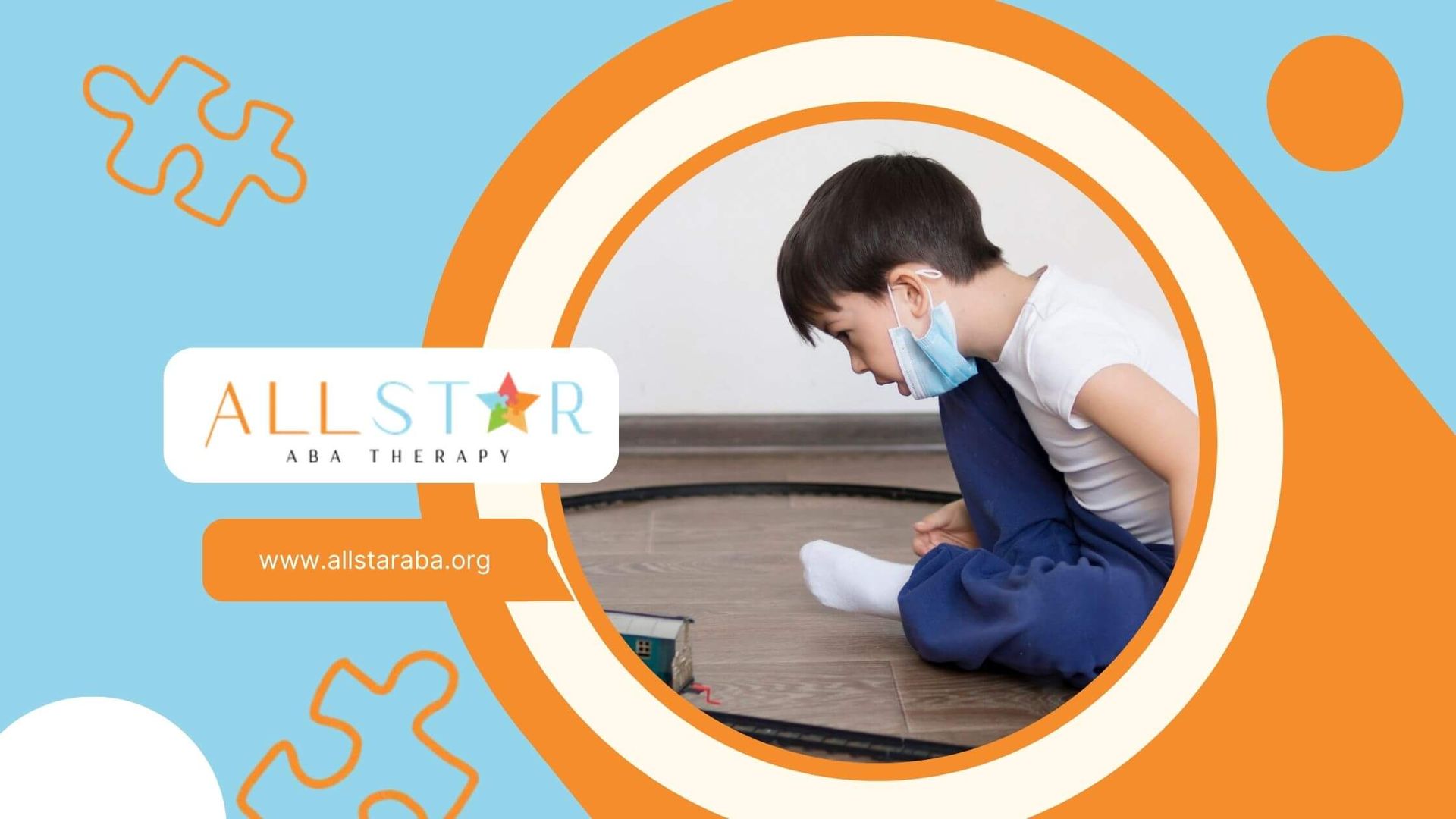New Paragraph
Autistic Shutdown vs. Dissociation: Understanding the Differences
In this blog, we’ll dive into the definitions of these terms, explore their differences, and provide insights into how ABA therapy, caregivers and therapists can support individuals who experience these responses.
What Is an Autistic Shutdown?
An autistic shutdown is a response to overwhelming stress, sensory overload, or emotional distress. It occurs when the brain essentially "shuts down" to protect itself, leading the individual to withdraw from the environment or situation causing distress.
Key Features of an Autistic Shutdown:
- Withdrawal: The person may stop speaking, interacting, or responding to external stimuli.
- Physical Signs: They might sit still, avoid eye contact, or curl into a protective position.
- Reduced Functionality: Tasks that were manageable moments before may become impossible during a shutdown.
- Triggers: Sensory overload, emotional distress, or overwhelming social situations often act as triggers.
For individuals with autism, shutdowns are a form of self-preservation, a way for their brain to cope with excessive stimulation or stress.
What Is Dissociation?
Dissociation refers to a psychological process where a person disconnects from their thoughts, feelings, or surroundings. It’s often described as feeling "detached" or "spaced out." While dissociation is not exclusive to autism, it can occur in autistic individuals, particularly as a response to trauma or extreme stress.
Key Features of Dissociation:
- Detachment: The person may feel disconnected from their body, emotions, or environment.
- Emotional Numbness: A lack of emotional response, even in situations that typically elicit strong feelings.
- Memory Gaps: In some cases, dissociation can lead to difficulty recalling events that occurred during the episode.
- Triggers: Trauma, high levels of stress, or unresolved psychological issues often lead to dissociation.
Unlike shutdowns, dissociation is more closely tied to psychological responses rather than sensory overload.
Autistic Shutdown vs. Dissociation: The Key Differences
While both shutdowns and dissociation are responses to overwhelming situations, they differ in significant ways:
| Aspect | Autistic Shutdown | Dissociation |
|---|---|---|
| Cause | Sensory overload or emotional stress | Psychological stress, trauma, or anxiety |
| Awareness | Retains some awareness but is unresponsive | Feels disconnected from reality |
| Duration | Temporary, usually ends when triggers are removed | Can last longer and may require therapy |
| Behavior | Withdrawal, silence, and reduced interaction | Spaced out, emotionally detached, and distant |
| Occurrence | Common in autism | Can occur in both neurotypical and autistic individuals |
Recognizing the Triggers
Understanding the triggers for each response is essential for caregivers and therapists:
Triggers for Autistic Shutdowns:
- Sensory Overload: Bright lights, loud noises, or strong smells.
- Emotional Stress: Conflicts, overwhelming social situations, or unexpected changes.
- Fatigue: Exhaustion from long periods of social interaction or challenging tasks.
Triggers for Dissociation:
- Trauma: Past experiences that were highly distressing or traumatic.
- Severe Anxiety: Ongoing or acute anxiety episodes.
- Unresolved Psychological Issues: Underlying conditions such as PTSD or complex trauma.
How to Support Individuals During Autistic Shutdowns
Supporting someone experiencing a shutdown requires patience, understanding, and a calm approach:
- Create a Safe Space: Remove them from the environment causing the shutdown and provide a quiet, calming space.
- Reduce Sensory Input: Lower lights, reduce noise, and limit other sensory stimuli.
- Avoid Pressure: Don’t force communication or interaction. Allow them to recover at their own pace.
- Use Visual Cues: If they are nonverbal during the shutdown, use visual aids or written communication to offer support.
How to Support Individuals During Dissociation
Dissociation often requires a slightly different approach:
- Grounding Techniques: Encourage activities that bring their focus back to the present, such as deep breathing, touching a textured object, or describing their surroundings.
- Reassurance: Gently remind them where they are and that they are safe.
- Seek Professional Help: Chronic dissociation may require therapy to address underlying causes, such as trauma or anxiety.
When to Seek Professional Help
While occasional shutdowns and dissociation may not be cause for alarm, frequent or severe episodes can impact daily life and well-being. If these responses occur regularly, it’s essential to seek professional guidance.
- For Shutdowns: ABA therapy can help identify triggers and teach coping strategies to minimize the occurrence.
- For Dissociation: Therapy, such as cognitive-behavioral therapy (CBT), can address trauma and teach grounding techniques.
The Role of ABA Therapy
Applied Behavior Analysis (ABA) therapy can play a pivotal role in helping individuals manage shutdowns and other stress-related responses. ABA focuses on:
- Identifying triggers and reducing exposure to them.
- Teaching self-regulation and coping strategies.
- Building skills to navigate overwhelming situations.
By understanding the differences between autistic shutdowns and dissociation, we can provide better support to individuals experiencing these responses. All Star ABA is here to guide families and caregivers in fostering positive outcomes for individuals with autism.
Frequently Asked Questions
Can autistic shutdowns and dissociation occur together?
While they are distinct responses, it’s possible for someone to experience both shutdowns and dissociation, particularly if they are dealing with extreme stress or trauma.
How can I tell if someone is experiencing a shutdown or dissociation?
Observe their behavior. Shutdowns often involve withdrawal and silence, while dissociation involves a sense of detachment and spacing out. Consulting a professional can help clarify the situation.
Is ABA therapy effective for managing shutdowns?
Yes, ABA therapy can help individuals with autism develop coping mechanisms, reduce triggers, and navigate stressful situations more effectively.
Autistic Shutdown vs. Dissociation
Navigating the world of autism often involves learning about various emotional and behavioral responses. Two terms that frequently come up in discussions are autistic shutdowns and dissociation. While they may seem similar on the surface, they are distinct phenomena with unique causes, presentations, and implications.
Need Support?
We're Here to Help!
Our experienced team is ready to assist you. Reach out today to discuss how we can support your child's development and well-being.
Get started with expert ABA therapy today.








